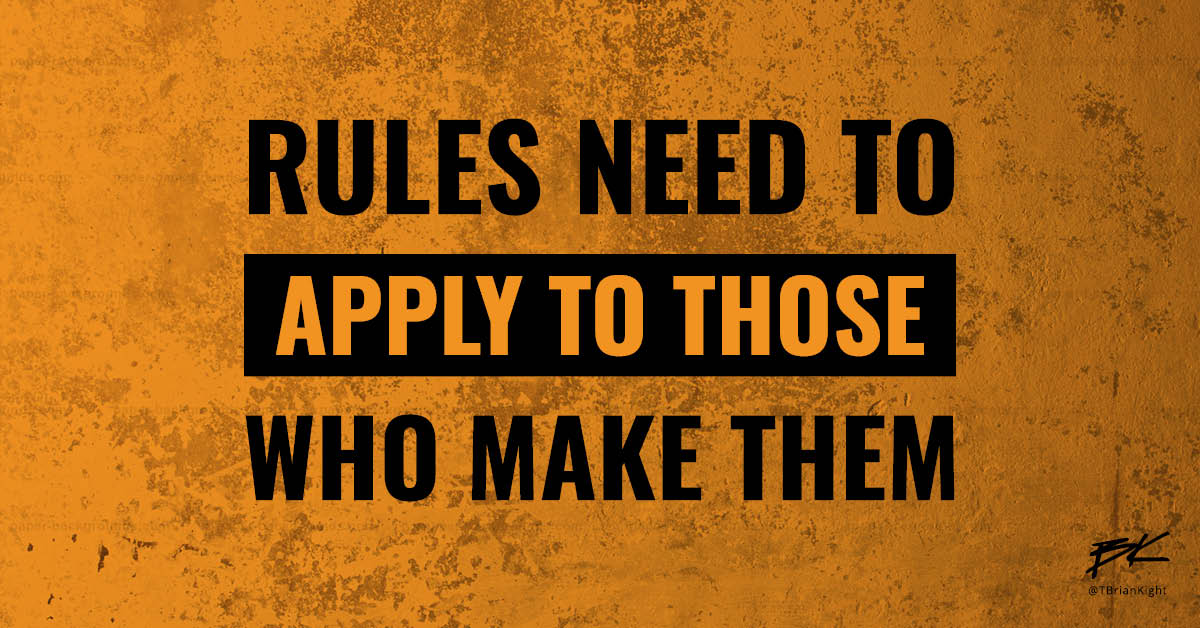The difference between how players and competitors prioritize affects how each relates to other people in competitive environments.
Players don’t just want to have fun themselves. They want everyone to have fun. They relate to people with fun first, then competition.
Competitors hardly, if ever, consider whether other people are having fun. Their attention and energy is on maxing out competitive effort. They relate to people based on how hard they compete and how well they perform, not on how much fun they have.
Tension and conflict rise when they expect other people to match their style and priorities. Players get annoyed when competitors demand all-out effort. Competitors get annoyed when players seem too casual. The styles clash.
Each cares more about what the other cares less about. They resent each other for prioritizing the wrong thing and argue over what should be the commanding priority.
Each thinks they are right. Objectively right. But each is expressing their own internal beliefs based on their personal desires.
Because players and competitors prioritize differently, they relate differently to people. Every group has both—players and competitors—so conflict is baked in. Sometimes loud and obvious. Other times quiet and subtle.
Once you understand the source of the conflict, you can make disciplined decisions about what to prioritize and when. Then work to align the group with a shared priority to achieve a common objective.
Event + Response = Outcome. Do the work.


Share your thoughts